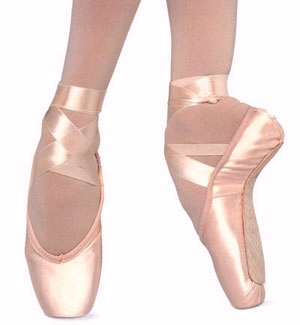Let's start here, as in you are faced with restricting pains / injuries. Get on those like you would for a project due first period in the next morning! Go to the doctor, or one my favorites, physical therapy. Physical therapy looks for treatments away from medications or surgery (yay!), and towards massage, heat, and physical exercises. It does require some at home responsibilities to push towards less hurting, but puts you in more control of your body. If you are in bad situation where this won't help, it may require a visit to the doctor... not even an apple can keep you away in these cases. You've got to do what you've got to do, though. You're body needs proper care, especially in order to continue doing what us dancers do.
What you put into your body will highly affect your daily and long term self performance. Drink water everyday throughout the day, even when you aren't dancing, so that you will stay hydrated. I would even suggest electrolyte water during dance (specifically multiple hours of doing so), so that you prevent dehydration and absorb the water more quickly from the potassium and sodium found in it. Gatorade also does the trick; look for the Mio Fit water enhancers, for they give you vitamins and electrolytes, but have less sugar and other not-so-good ingredients. Make sure you eat a well rounded diet, with proteins to help build and sustain that muscle you work hard for, and fruits and vegetables for the vitamins needed to live, etc. Check out this page for more elaborate details on the ideal foods to eat to live above, and beyond the bare minimum.
Most importantly, listen to hints from your body of when you are pushing yourself too far and allow for time to rest. Sleep (and rest) is not for the weak (only), but rather for humans and especially those being active. You can't build a house if your basic building blocks are not strong, and therefore treat yourself right so you dance without unnecessary obstacles.
What you put into your body will highly affect your daily and long term self performance. Drink water everyday throughout the day, even when you aren't dancing, so that you will stay hydrated. I would even suggest electrolyte water during dance (specifically multiple hours of doing so), so that you prevent dehydration and absorb the water more quickly from the potassium and sodium found in it. Gatorade also does the trick; look for the Mio Fit water enhancers, for they give you vitamins and electrolytes, but have less sugar and other not-so-good ingredients. Make sure you eat a well rounded diet, with proteins to help build and sustain that muscle you work hard for, and fruits and vegetables for the vitamins needed to live, etc. Check out this page for more elaborate details on the ideal foods to eat to live above, and beyond the bare minimum.
Most importantly, listen to hints from your body of when you are pushing yourself too far and allow for time to rest. Sleep (and rest) is not for the weak (only), but rather for humans and especially those being active. You can't build a house if your basic building blocks are not strong, and therefore treat yourself right so you dance without unnecessary obstacles.
 |
| WRONG! Credits to : spreadshirtmedia.com |


.jpg)

.jpg)
.jpg)
.jpg)
.jpg)







